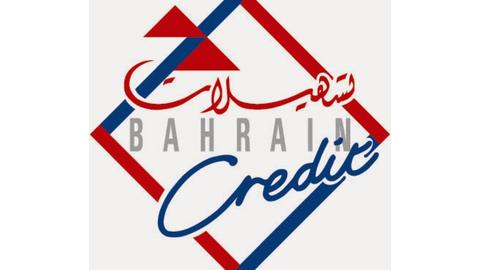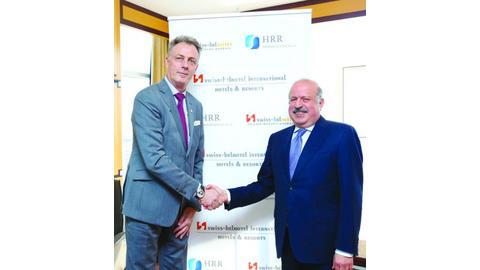Bahrain and Saudi Arabia lead GCC retail growth prospects

MANAMA: Bahrain and Saudi Arabia are set to see the fastest retail sector growth in the GCC, driven mainly by the increase in population, international tourist arrivals and per capita income.
UAE-based Alpen Capital is forecasting annual growth of 4.6 per cent in the GCC retail sector from $250.5 billion in 2016 to $313.2bn in 2021.
Seen similarly, retail sales in the GCC are projected to grow in the range of 3.3pc to 5pc between 2016 and 2021, says a report by the investment firm.
An expanding consumer base, comprising a high proportion of young and working-class, is the major growth driver for the retail sector.
Non-food retail sales are anticipated to grow at 5.3pc led by the increasing number of youngsters and expatriates, who are propelling demand for innovative, trendy and international consumer products.
During the period, food retail sales are likely to grow at an annualised rate of 3.5pc, driven by the expanding consumer base and demand for health foods.
Sales at supermarkets and hypermarkets are forecast to grow at 4.3pc every year till 2020.
A faster growth rate than food retail sales indicates the rising penetration of such stores.
During the period, airport-based duty free sales in the Middle East are projected to grow 7.9pc annually, in anticipation of an increase in passenger traffic.
At the same time, sales of personal luxury goods in the region are expected to witness a steady growth of 3.2pc, as the markets recover from economic downturn.
At 80pc occupancy, 6.2 million sqm of retail space is likely to come up in the GCC in the five years, taking the total organised retail gross leasable area (GLA) to 18.6m sqm.
The GCC population is expected to grow at 2.3pc every year till 2021.
GDP per capita (at current prices) in the GCC is projected to expand at 4.3pc during the period.
Citing IMF data, the report said Bahrain’s population is seen expanding annually at 2pc between 2016 and 2021.
Over the same period, Bahrain’s GDP per capita (purchasing power parity) – a measure of disposable income – is projected to grow at 2.1pc.
Despite the weak economic conditions and muted job market across the GCC, the kingdom also saw a rise in employment opportunities during 2016, as per Monster.com, the report adds.
An improving job market, supported by a diversifying economy, is likely to boost spending on consumer goods going forward.
Wholesale and retail trade in the country grew at an annual average of 3.9pc between 2012 and 2016 to $1.5 billion.
The growing tourism sector is also likely to lend support.
The country is a prominent weekend tourism destination for people from Saudi Arabia, who arrive via the King Fahad Causeway.
Bahrain hosted 11.6m tourists in 2015, of whom more than 80pc arrived via the road link.
In a bid to diversify the economy, the kindom is investing heavily in building tourism infrastructure and promoting itself internationally to attract tourists.
Expansion of the tourism industry will drive retail sales and attract more players to set up shops in the country.
A major trend observed in the last few years has been the development of community shopping centres with dining options.
People in Bahrain prefer to visit such centres for entertainment and shopping, while avoiding traffic congestion on the way to large malls in the city.
Nevertheless, the organised mall space also continues to increase to cater to the rising tourist arrivals.
International retailers such as Carrefour, along with regional players like LuLu Hypermarket, are also expanding their presence in the kingdom.
However, retail rents have remained steady in the last one and half years, with monthly rents averaging BD28 ($73.243) per sqm at sub-regional malls and BD12 ($31.4) per sqm at neighbourhood shopping centres.
The rents are expected to stay muted this year, in view of dampened consumer sentiment and only few upcoming retail developments.
Source: http://www.gdnonline.com/Details/234578/Bahrain-and-Saudi-Arabia-lead-GCC-retail-growth-prospects


